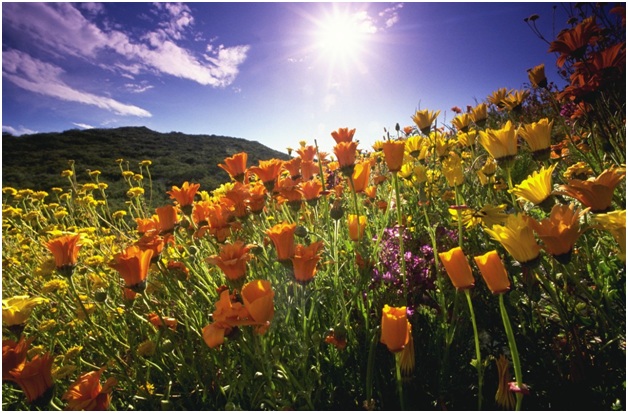
Classification of Papaver somniferum
| Domain | Kingdom | Phylum | Class | Order | Family | Genus | Species |
| Eukarya | Plantae | Magnoliophyta | Magnoliopsida | Papaverales | Papaveraceae | Papaver | Papaver somniferum |
Characteristics of Opium's Classification

Eukarya - A domain of organisms classified by the presence of membrane bound organelles, and a nucleus bound by a nuclear envelope, a true nucleus. Eukarya are also identified by their increased size and complexity in comparison to Prokaryotes.
Plantae - This kingdom of organisms is classified by being both sexual and asexual reproduction, cell walls made of cellulose, and autotrophic feeding, which are organisms that gain their nutrients by photosynthesis.
Magnoliophyta - This group of classification includes all flowering plants and 2 classes of organisms.
Magnoliopsida - All organisms under this class are Dicotyledonous or Dicots, Leaves come in fours or fives, veins in the leaves form reticulate patterns. 48 orders are within this class, as well as thousands of taxa. A good friend of mine also in this Biology 203 created a webpage, and his organism, Tobacco (Nicotiana tabacum) is also within this Class.
Papaverales - An order containing only 2 families, and 153 taxa. The organisms within this order, all have multiple stamens, regular flowers and develop latex systems.
Papavaceae - The family of poppies containing 19 Genera, and 104 accepted taxa.
Papaver - All organisms classified as Papaveer are a true poppy. This Genus contains 22 species. The majority of these organisms are shown in a phylogenetic tree found on another page of this website.
Papaver somniferum - The scientific and most specific name describing Opium Poppy. The English translation from Latin means Sleep-Bringing Poppy.
This information is a very precise way to describe opium poppy, and is very useful among scientists, but none of this information can tell you where opium grows. To learn more about opium's native habitat, and some conflicts in those regions stemming directly from the growth of opium, proceed to the Habitat page.